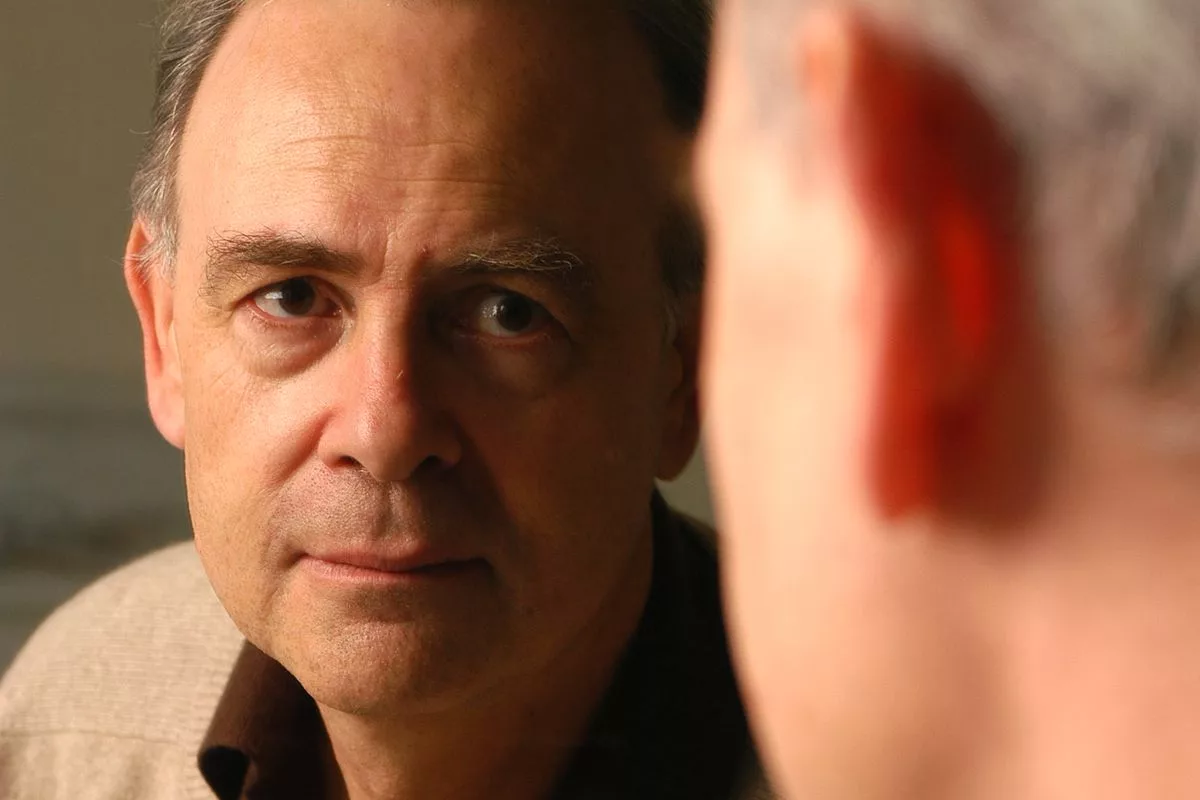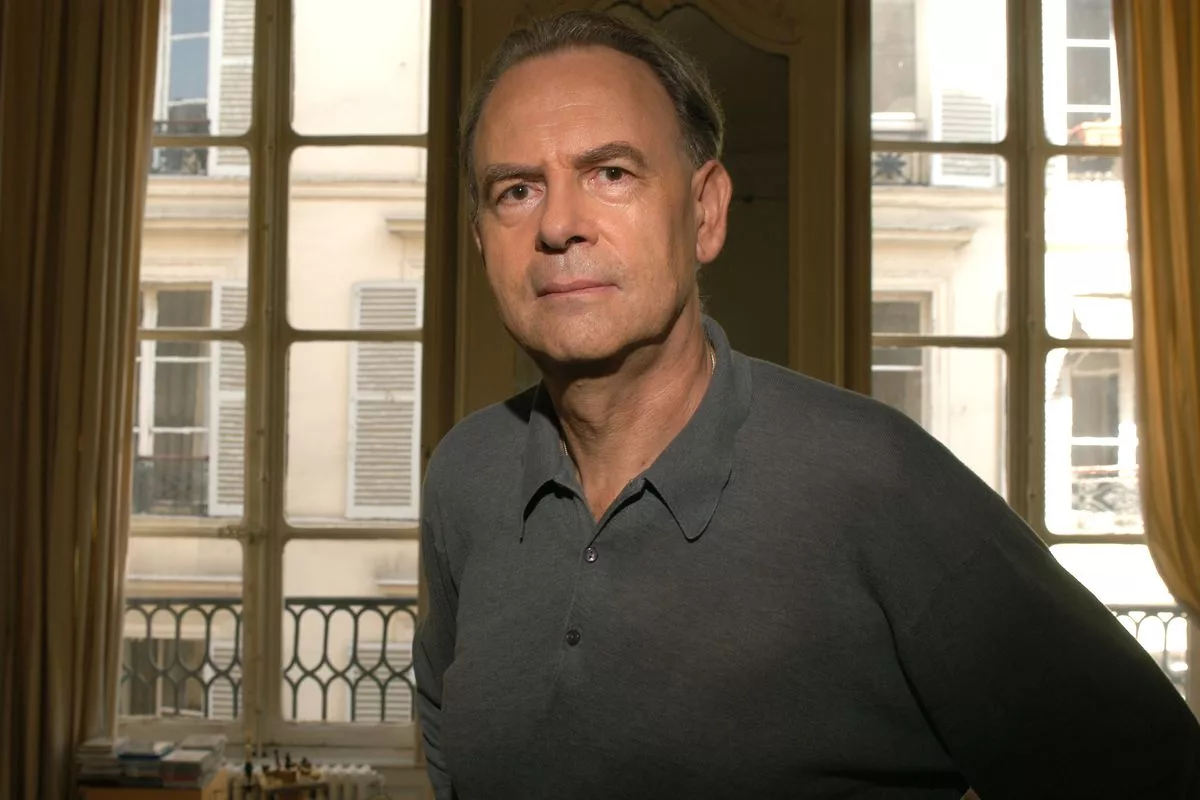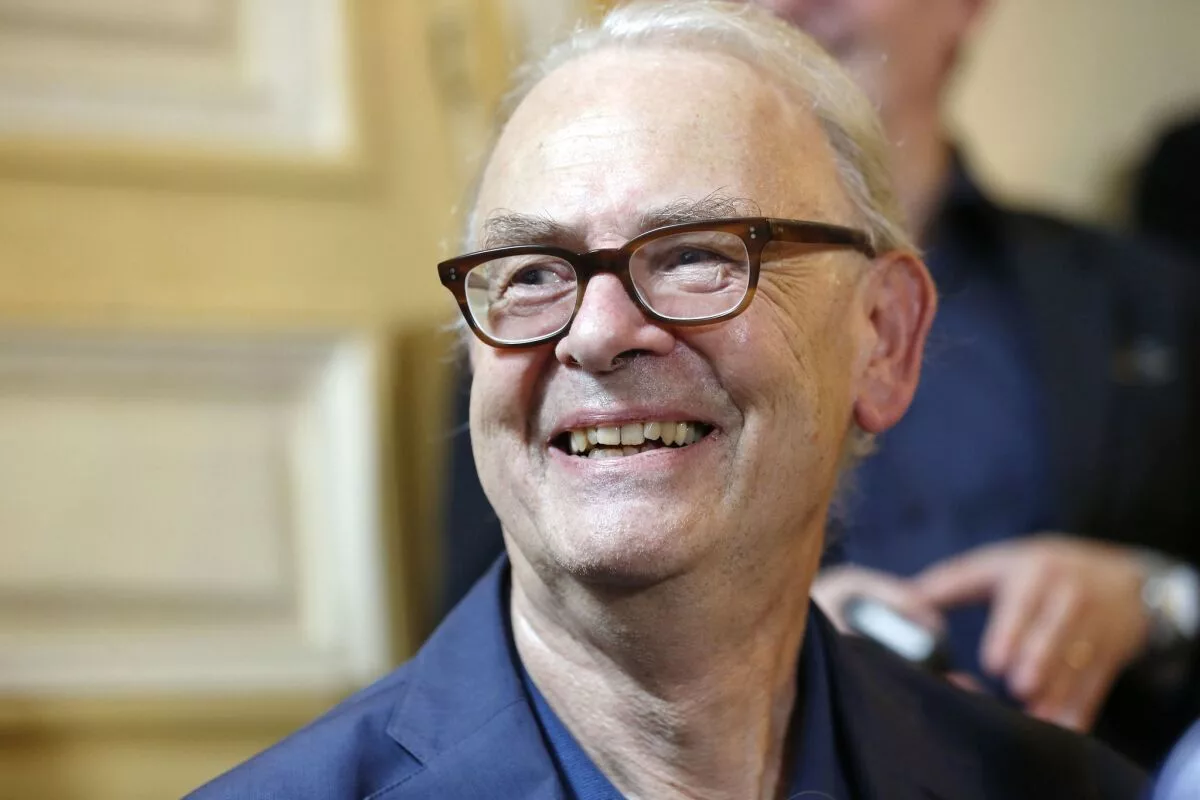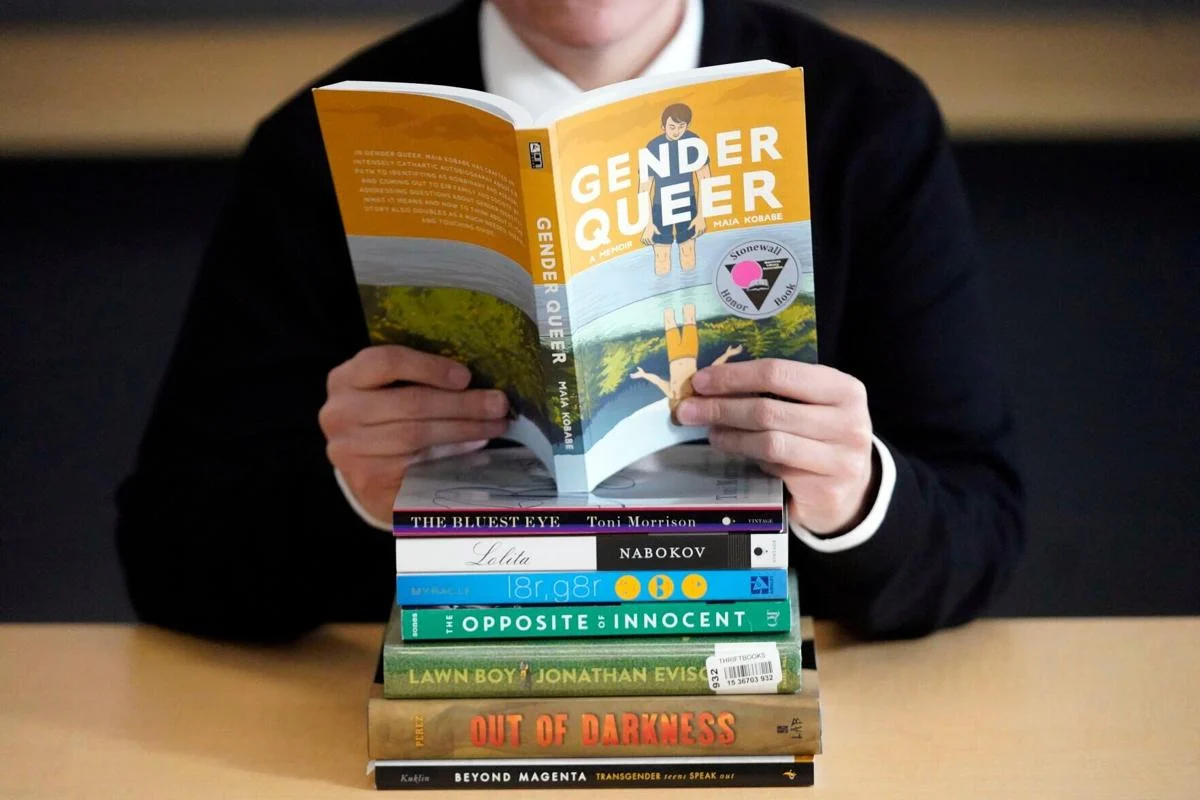‘India A Portrait’ By Patrick French Is The Last Honest Portrayal In Western Literature
In his portrayal of real India, Patrick French did not bring the poor, oppressed, and marginalized to life.

‘India A Portrait’ By Patrick French Is The Last Honest Portrayal In Western Literature
Real India, however, is hard to represent with all its contradictions and energy. In Western literature, however, it appears that writers and scholars have concluded that Indian middle classes are not included.
Rather than celebrating Bollywood, India’s most significant cultural mirror, they praise Slumdog Millionaire’s grotesque realism as outrageously contrived. Slumdog’s 2008 release spread a long-standing fetish for authenticity across the South Asian intellectual world.
Despite slums and sewage being part of this obsession, it goes beyond those topics. An Indian’s view of themselves is ambivalent toward anything that resembles the way middle-class Indians see themselves.
Critics have also found French India lacking, so it is no surprise. Having sympathy for the middle class does not, as his critics imply, disenfranchise the poor.

He says he wished to write a book that asserts India for what it is rather than who it is or what it ought to be. His efforts are successful.
It’s important to see how French illustrates the critical role middle-class opportunities and self-perception play in India today – without ignoring the voices of the poor, minorities, dissidents, and those at the margins of this success story.
Indian society, politics, and economics are categorized into three broad categories. Among the first-generation middle class are entrepreneurs, computer engineers, and first-generation middle-class members.
It is at the core of all these sections, and especially the last one, that India’s middle class sees knowledge in all of its forms – spiritually, historically, and technologically.
Even though Nehru wrote that India needed to nurture geniuses, young computer scientists could apply Hindu philosophical metaphors to their work or lunch-box carriers called their distinctive white caps computer covers.
India presents the Indians as they are: intelligent, ingenious, enterprising, hopeful — and, quite differently from Nehru’s time, Hindu as well.
French intends to uncover the root causes of India’s enormous recent gains rather than ignore the fates of those who are still unsuccessful. He spends more time talking to successful Indians than poor ones.
Among the appalling stories he tells, he describes Venkatesh, a poor farm worker who was once forced into shackles by an abusive landlord. In contrasting him with the many who have migrated from poverty to the middle class within two generations, French meets the worker who is now free.

Yahoo engineer Mack, who lives in the San Francisco Bay Area, is a good example. The car Mack drives is an Acura. Landless farmers in a village outside Bangalore raised his grandfather in a thatched hut.
In Mack’s family, barefoot children walked long distances to school. Mack was born into a middle-class family, with parents who migrated to the city, earned their college degrees, and entered the workforce.
Someone in Venkatesh’s position would take many generations to become a software engineer. The question implied that menial workers must eventually become productive, Westernized engineers, which some reviewers found offensive.
In reality, French’s question is being asked to a nation, not a specific person. Ramappa’s case took just one word to answer: In French, too.
Indian economic liberalization during the last three decades has significantly contributed to the country’s substantial middle class, with its 250–350 million members.
Indian supporters and critics have their theoretical disagreements with the process. Still, according to French, it is vital to understand the way Indians perceive it from both a familial and generational perspective.
Increasingly, Indians believe they will live a better life than their parents and their children will also live a better life than them. Although most youths are optimistic about the future, a report by the Center for the Study of Developing Societies in New Delhi indicates this.
For example, many young people expect to have a worse life than their parents in the United States. In India, successive generations are rebelling against middle-class ideas of work and success, unlike in the West, where successive cohorts have resisted their parents.

Most middle-aged Indian people today are products of an austere era before liberalization. Parents do not think it is wrong for their children to embrace opportunities, success, and the West with enthusiasm.
Instead, they have expanded their definition of success to reflect globalized notions. For example, Mahatma Gandhi was forced to undergo spiritual purification rites after returning to India after studying abroad in London.
Indian parents pray for their children’s admission to college and visas to study abroad. Children of the new generation will increasingly demand recognition as successful members of the global economy, regardless of their religious beliefs.
Understanding India’s simultaneous emphasis on mobility and tradition is essential to anyone studying its rise. Along with portraying the middle class from an economic perspective, French also vividly depicts how marginalized communities have risen politically.
In contrast to the absolute Indian legend, which assumes a static social hierarchy, the French affirm social change. In 1989, no single party held power for over a decade as regional and caste-based parties, including Bahujan Samaj Party (BSP) and Janata Dal (JD), began ascending.
Realistically, communities classified as Other Backward Castes have seen the most incredible growth in power, with many members living in prosperity for two or three generations.
The Dalits, one of the poorest communities in the country, have also become more politically active in recent years. A Dalit woman, Mayawati became Chief Minister of Uttar Pradesh last year after becoming a celebrity on the political scene.
In addition to exposing an unlikely part of Mayawati’s support base – impoverished Brahmins who value economic security over ancient prejudices – French also discloses her connection with previously powerless Dalits. The story of Mayawati is not an isolated one.
As the Indian population has grown, some old caste equations have disappeared. The extent of India’s spread of power across the entire population remains a question for the French, except that he notes that this movement is not democratic, egalitarian, or sustainable.

For his book, French conducted a detailed study of the Indian Parliament and found that its electoral politics remain primarily hereditary. There are many sons of previous MPs who become young Members of Parliament.
Real Indian purists will be uncomfortable with the French’s exploration of the role of religion in Indian life. Many Indians would find Thapar and Doniger’s definition of Hinduism unfamiliar in their zeal to come to terms with Hindu nationalism.
Some people deny India’s Hindu heritage rather than simply opposing extremists. Despite French’s contentions, Sen’s assertions regarding India’s Hindu past are presumptuous and fraudulent.
Additionally, the French recognize differences between academics’ descriptions of India’s religions. Few scholars would dare title their books The Muslims: An Alternative History, as Wendy Doniger does in The Hindus: An Alternative History.
The question answers: Who gets to represent a culture or nation? As the democratic process unfolds in India, everyone is allowed to participate. This has been considered distasteful by purists.
As with outsiders, they have also been opposed to studies by French, whose British nationality seems objectionable. Despite his heritage, the French’s work is not disqualified for most Indians in India.
When Prime Minister Manmohan Singh visited England a few years ago, he praised the British’s contributions to India rather than speaking about colonization’s evils.
Some Indian intellectuals supported this deliberate change. The United States has high approval ratings among Indians, according to opinion polls. Anyhow, it’s time to consider more diverse and nuanced perspectives about India.
A study of India’s failures, the margins of its society, and its poor and minorities are appropriate in the field. In the same way, it has room for its success stories.
A crucial aspect of India is that the author portrays the country as it is rather than as one hopes or despairs. Slumdog Millionaire and its literary counterparts might not be as educational as an entertaining Indian film screening when paired with it.
Edited by Prakriti Arora




